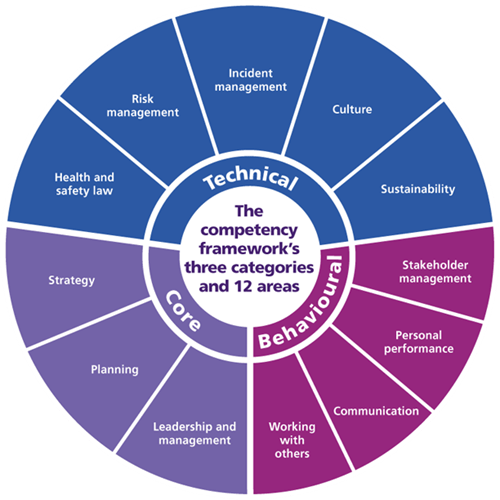Internal Job Postings (IJPs) have become a common practice within organizations, allowing employees to explore new opportunities and advance their careers within the company. To streamline the process and ensure a fair evaluation of candidates, many companies adopt competency frameworks. These frameworks define the skills, knowledge, and behaviors necessary for success in a particular role and help align individual and organizational goals. In this article, we will delve into various competency frameworks adopted by different companies for Internal Job Postings.
- Google’s Competency Model
Google, renowned for its innovative work culture, utilizes a competency model that focuses on four key areas: Role-Related Knowledge, Leadership, Problem Solving, and Googliness. The Googliness aspect emphasizes cultural fit, collaboration, and passion for the company’s mission. This framework enables Google to identify individuals who not only possess technical expertise but also align with the company’s values.
- IBM’s SkillsBuild Competency Framework
IBM’s SkillsBuild program emphasizes a competency framework that combines technical skills with essential soft skills. The framework covers areas such as Communication, Collaboration, Problem Solving, and Digital Literacy. IBM recognizes the importance of a well-rounded skill set for employees to succeed in a dynamic and digitalized work environment.
- Microsoft’s Core Competencies
Microsoft’s competency framework revolves around four core competencies: Drive for Results, Customer Focus, Collaboration, and Influencing for Impact. Microsoft values employees who can deliver tangible outcomes, prioritize customer needs, collaborate effectively, and influence positive change within the organization.
- Amazon’s Leadership Principles
Amazon, known for its customer-centric approach, has a set of 16 Leadership Principles that guide decision-making and employee behavior. While not a traditional competency framework, these principles cover aspects like Customer Obsession, Ownership, Bias for Action, and Invent and Simplify. Amazon seeks employees who embody these principles and can contribute to the company’s long-term success.
- Deloitte’s Competency Model
Deloitte, a global consulting firm, adopts a competency model that encompasses technical expertise, leadership skills, and industry knowledge. The framework is divided into four categories: Technical/Professional Knowledge and Skills, Business Acumen, Leadership, and Global Mindset. Deloitte’s approach reflects the multifaceted nature of roles within the organization and the need for a diverse skill set.
- Intel’s Leadership Competency Model
Intel’s competency model is designed to identify and develop leadership qualities. The framework includes competencies such as Strategic Vision, Drive for Results, and Building Collaborative Relationships. Intel recognizes that effective leadership is crucial for driving innovation and navigating the complexities of the tech industry.
Conclusion
Competency frameworks play a pivotal role in shaping Internal Job Postings, ensuring a transparent and standardized evaluation process. While the specific competencies may vary, the underlying goal is to align individual skills and behaviors with organizational objectives. Companies like Google, IBM, Microsoft, Amazon, Deloitte, and Intel exemplify diverse approaches, showcasing the importance of tailoring competency frameworks to fit the unique culture and goals of each organization. As organizations continue to evolve, so too will the competency frameworks, adapting to the changing demands of the workplace and fostering the growth and development of their employees.











